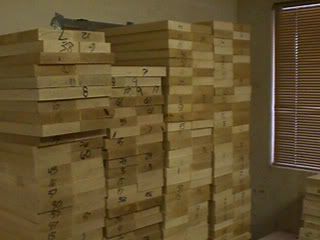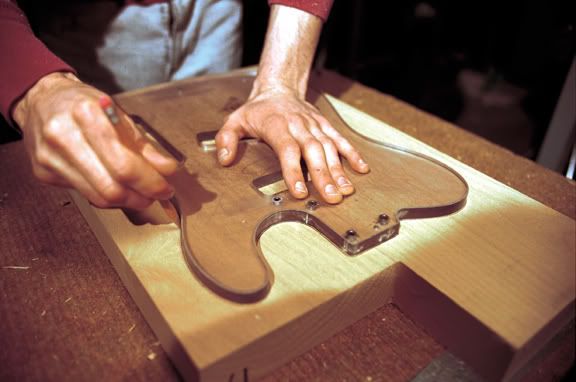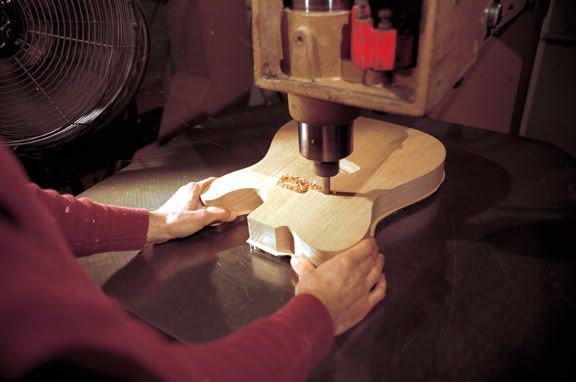
That's why cutting blocks are made from many pieces of wood glued together.
When butchers are hammering them with meat cleavers and washing them with disinfectant they won't warp or crack.
Guitars
Wilburn Versatare, '52 FrankenTele(Fender licensed parts), Fender USA Roadhouse Strat, Fender USA Standard B-bender Telecaster, Agile AL 3000 w/ WCR pickups, Ibanez MIJ V300 Acoustic, Squier Precision Bass,
Amps
Ceriatone Overtone Special, Musicman 212 Sixty-Five, Fender Blues Jr., Peavey Classic 30, Fender Super Reverb, Traynor YCV-40 WR Anniversary w/ matching 1x12 ext. cab, Epiphone SoCal 50w head w/ matching 4x12 cab (Lady Luck speakers), Avatar 2x12 semi-open back cab w/ Celestion speakers
Pedals
Digitech Bad Monkey, Digitech Jamman, DVM's ZYS, Goodrich volume pedal
Originally Posted by marnold





 Reply With Quote
Reply With Quote :
:  but most of us old geeks (going into our forties at least), used to have a cheap, Asian made particle board guitar as our first electric. Mine was a Hondo, still have it in fact!
but most of us old geeks (going into our forties at least), used to have a cheap, Asian made particle board guitar as our first electric. Mine was a Hondo, still have it in fact! 


